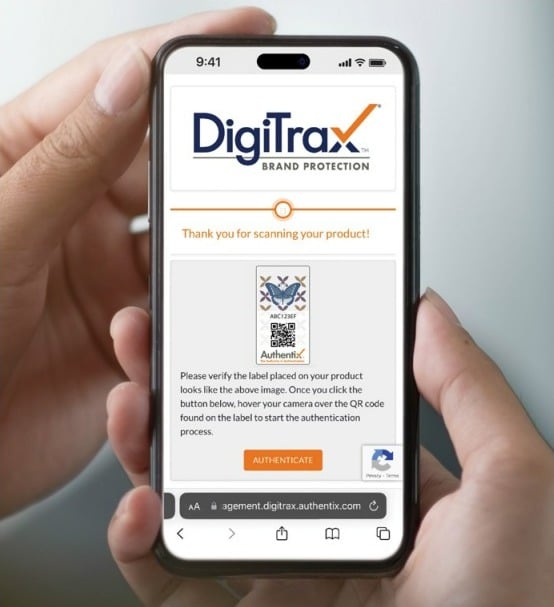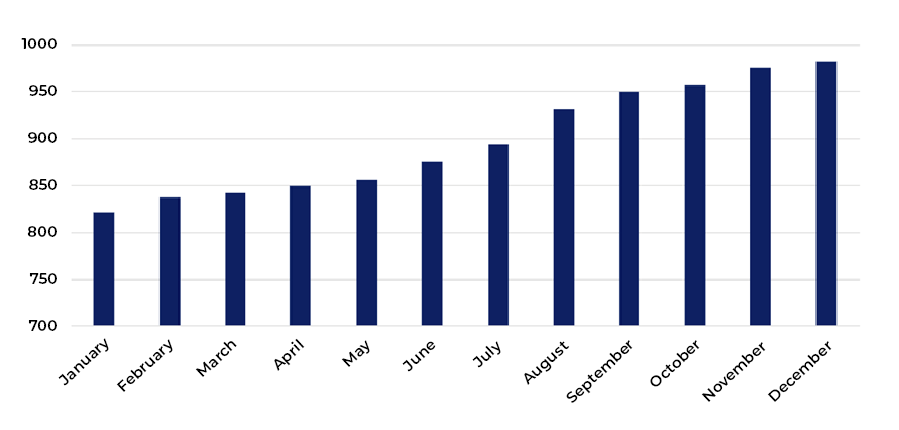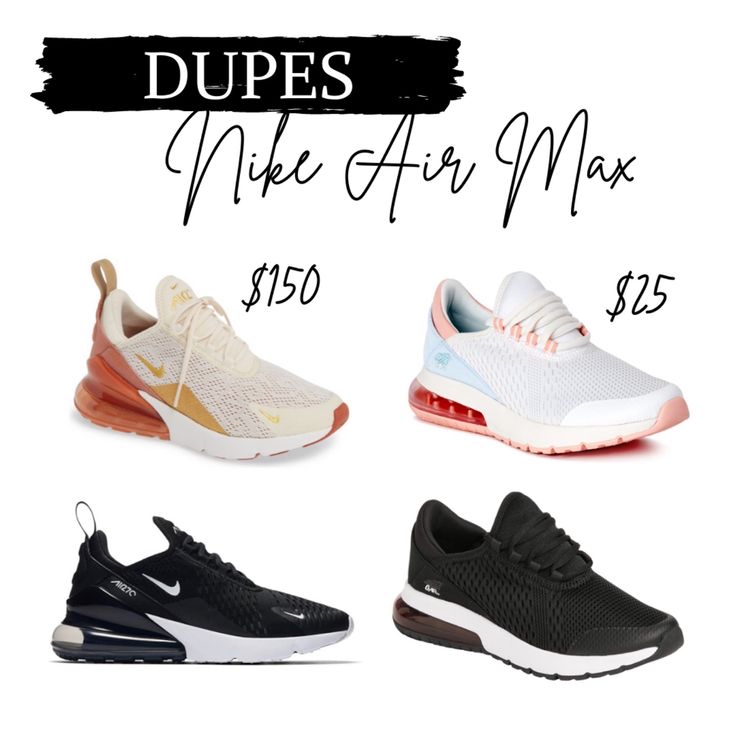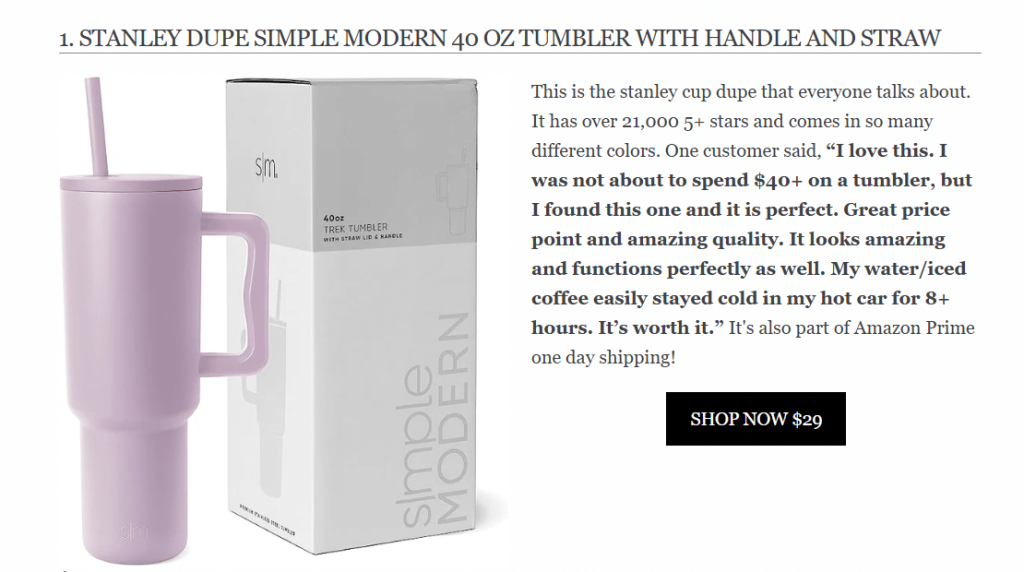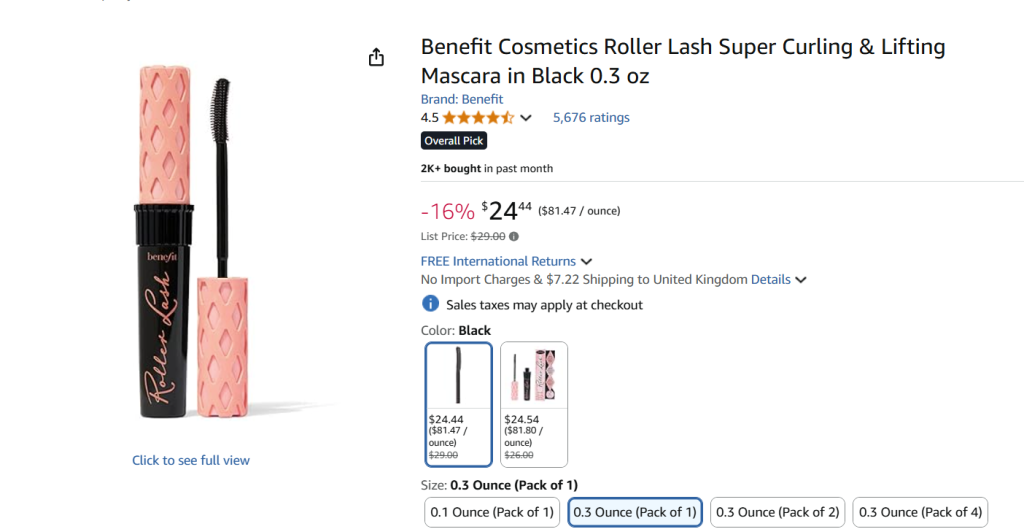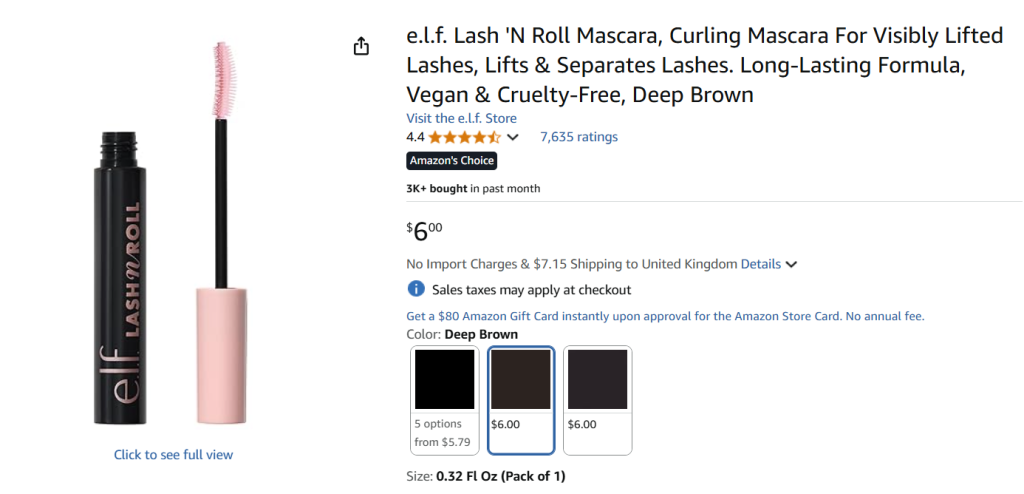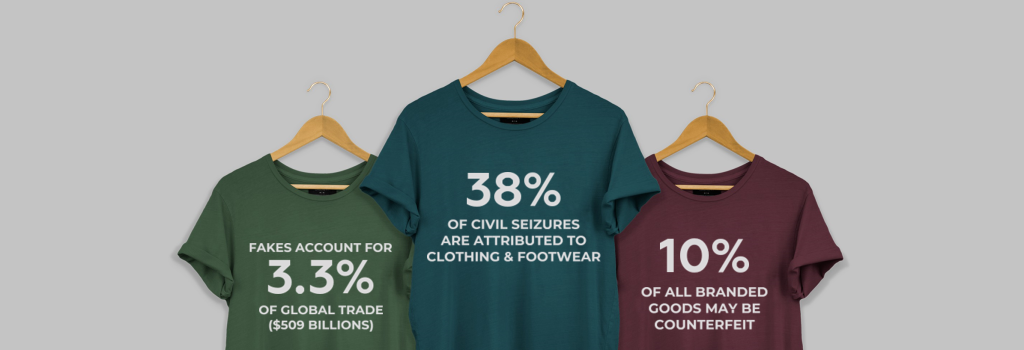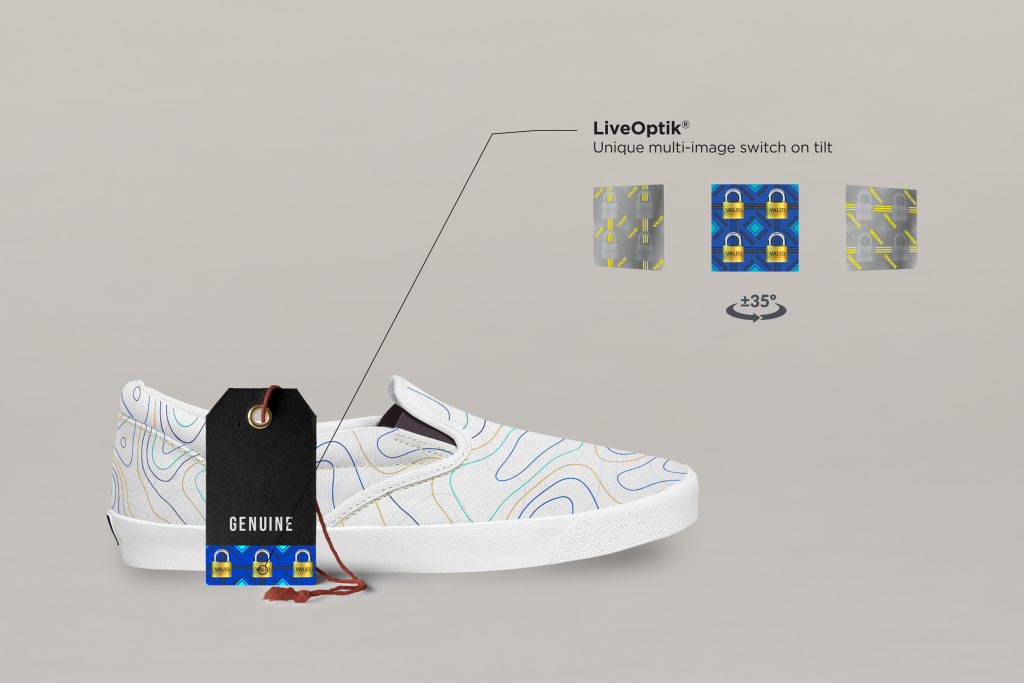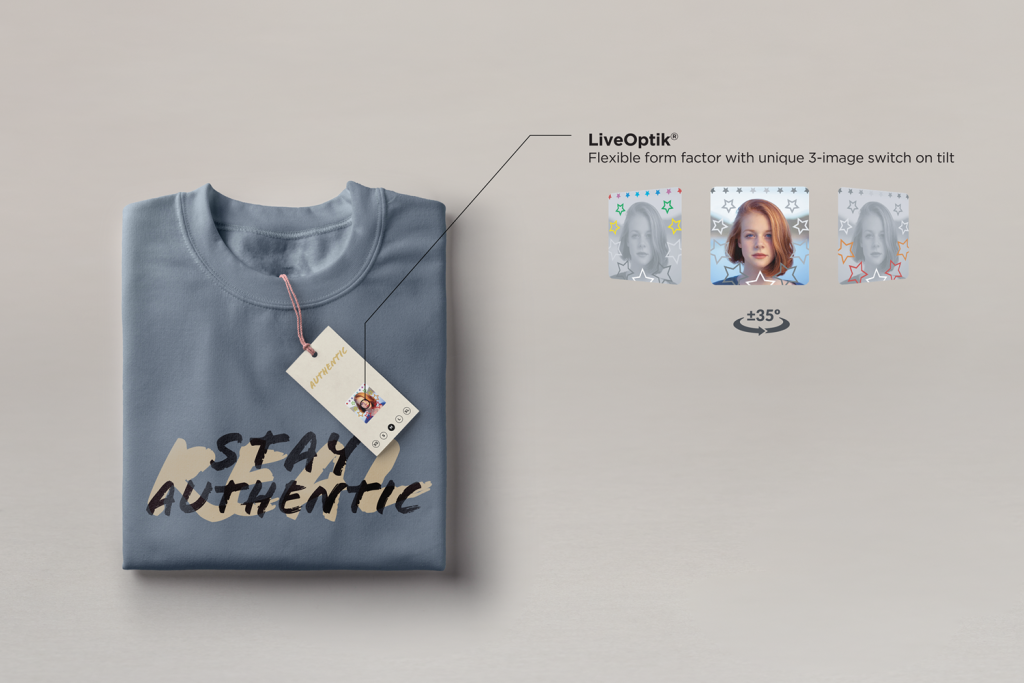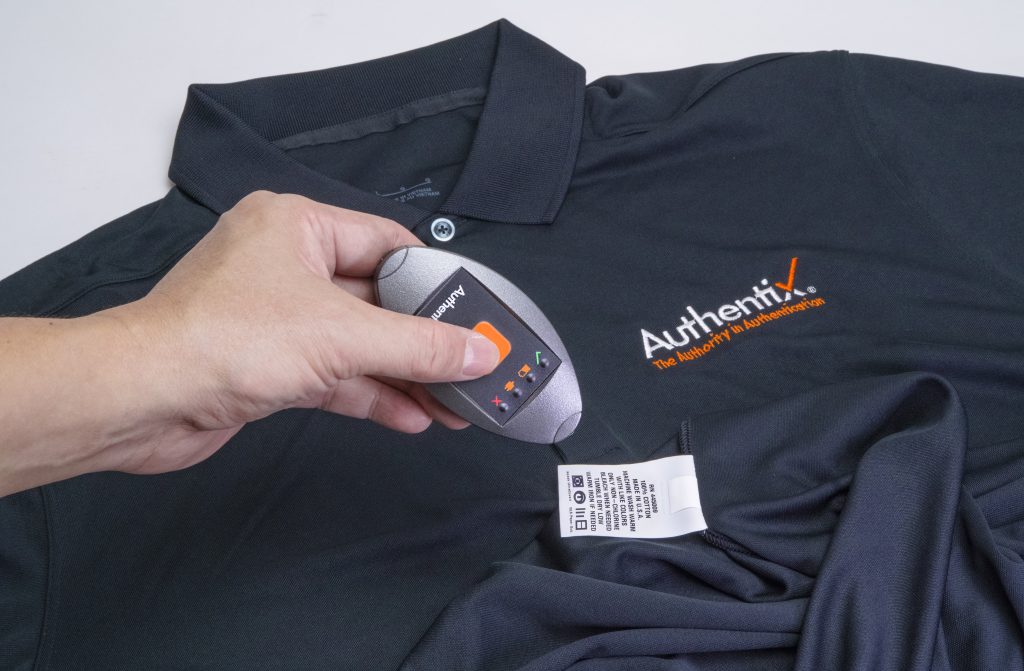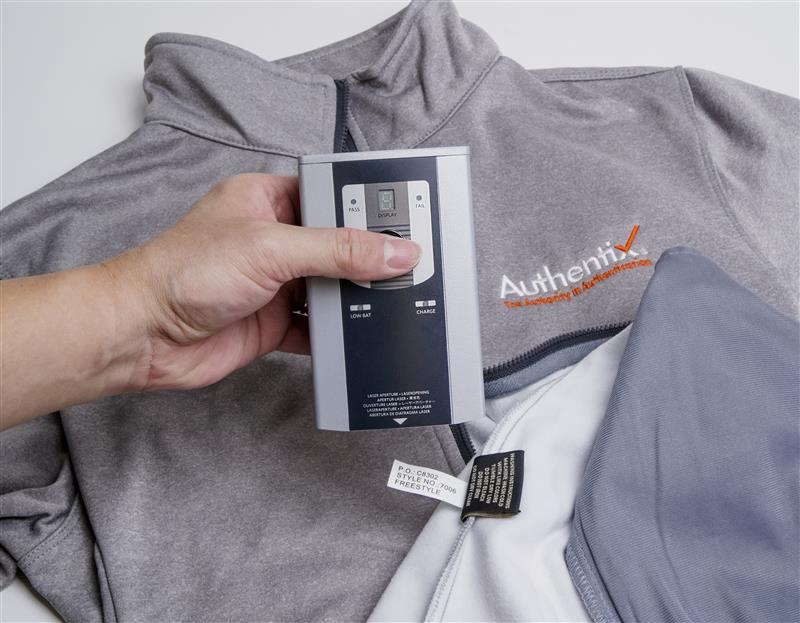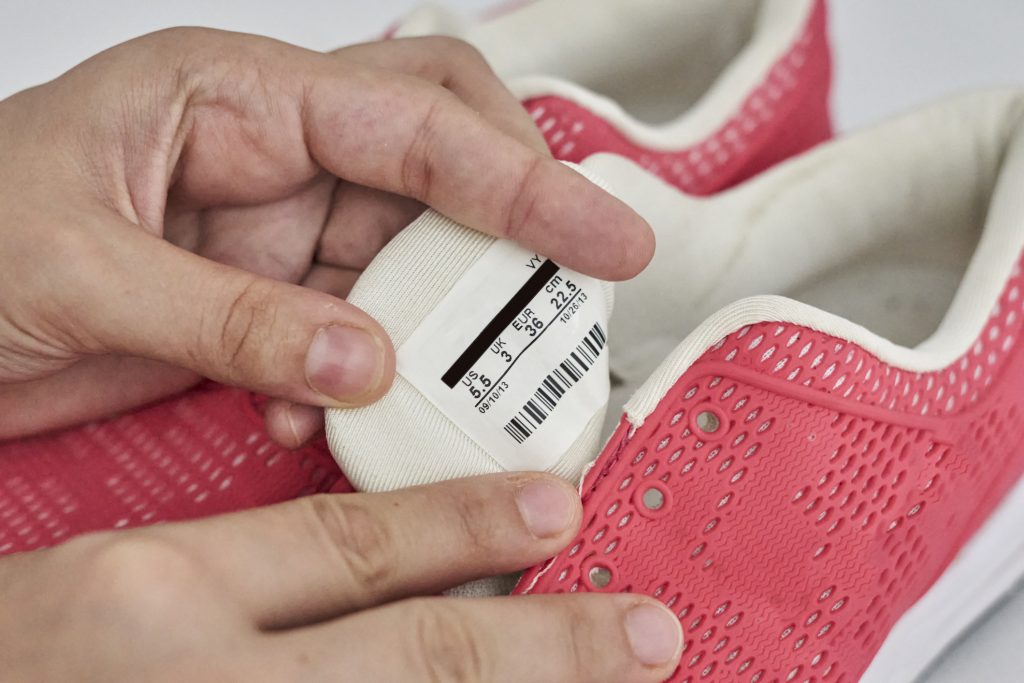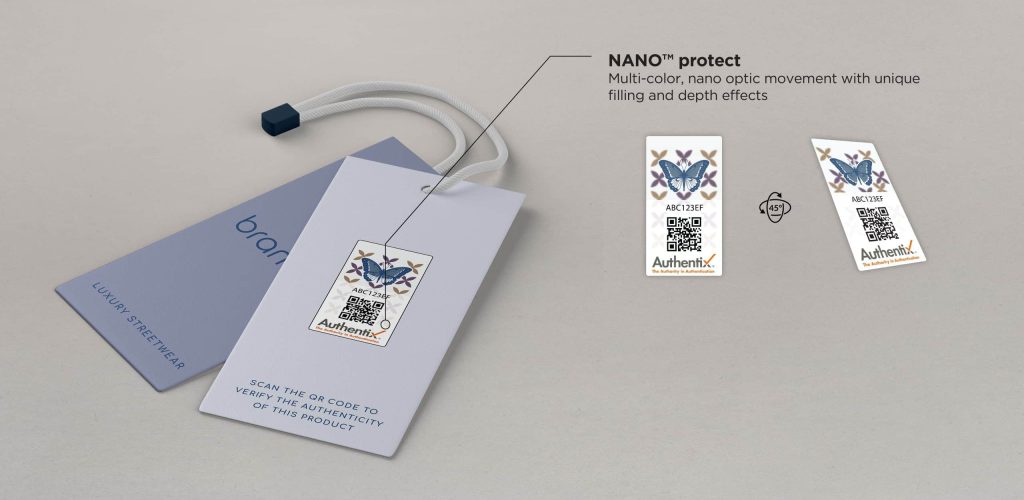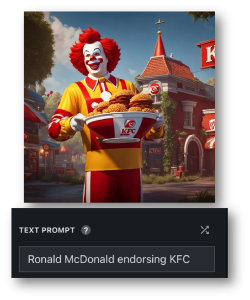Modern supply chains are increasingly vulnerable to counterfeit goods, which not only harm brand reputation and lead to significant financial losses but also pose risks to public safety and impact economic stability. The swift digitalization of the global economy, combined with the dominance of ecommerce platforms, has significantly increased counterfeiting. Gone are the days when brand protection strategies involved simply adding a simple hologram to your product or flagging items customers reported as potential fakes. Sophisticated counterfeit networks are now evolving into highly organized operations, establishing dedicated supply chains and advanced logistical infrastructures to sustain their activities. The most recent data from the OECD suggests up to 2.3 percent of global imports are fakes. Today, brand owners must work quickly to enhance their supply chain security with novel technologies that stump counterfeiters and allow their authentic products to be verified by customers. So, what does a holistic, complete solution look like?
The Holistic Approach to Secure Your Supply Chain
Authentix brings enhanced visibility and traceability to today’s complex global supply chains. For over 25 years, Authentix has thrived in supply chain complexity, providing clients with physical, digital and online software-enabled solutions to detect, mitigate, and prevent counterfeiting and other illicit trading activities. Next generation authentication technologies like ‘phygital’ chain of custody tracking, Advanced AI detection & skilled enforcement, nano optic security labels offer robust anticounterfeiting measures that are extremely difficult to replicate or remove.
Our brand protection tools are backed by a team of experts diligently working to maintain the integrity of your brand. Authentix delivers comprehensive and scalable solutions to ensure the integrity and conformity of materials and products from origin to end-user across multiple industries. In most cases, our concept includes three basic elements:
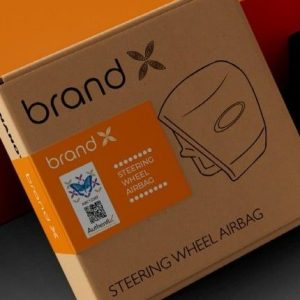
Mark
Industry leading overt and covert security features
Apply unique identifier (UID) at item level
May include in-product or on product marking
Detect & Engage
Credentialed inspector led authentication programs
Movements and chain-of-custody tracking
Consumer interaction, authentication, and engagement

Analyze Data & Act on Insights
Product, quality information and manufacturing data
Packaging aggregation – cases, cartons, pallets, containers, etc.
ERP/MRP integration
Next-generation solutions enable real-time tracking and immutable record-keeping throughout the supply chain. This transparency allows businesses to verify the authenticity and provenance of products at every stage, minimizing risks of theft, diversion, or unauthorized substitutions.
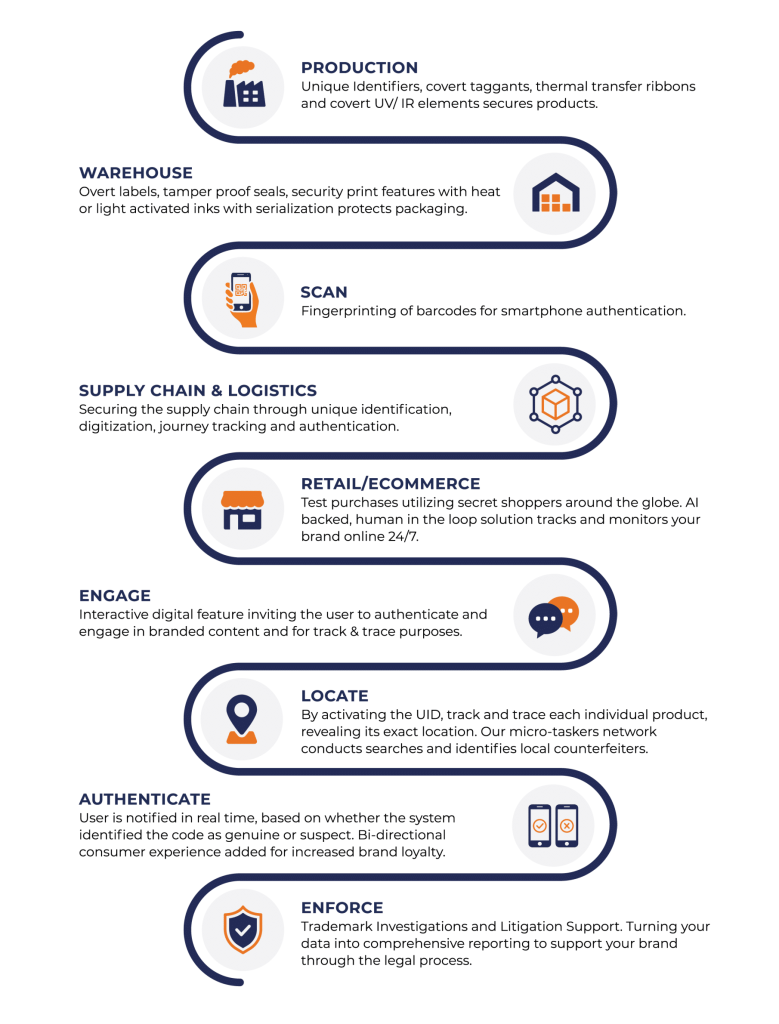
Product Marking
We offer a range of in-house developed, proprietary markers, label formats, and brand protection technologies applied to customers’ products or onto cartons or other packaging. Drawing from our extensive range of overt, covert, forensic, and physical security solutions, Authentix experts work with brand owners to ensure an effective, robust, multi-layered custom solution is created for your brand protection objectives. Offerings include Nano Optic labels with 3D vivid motion, depth, and color, specialty covert and overt inks, proprietary markers, tamper-proof seals, taggants, coatings, track & trace, digitization & consumer authentication apps.
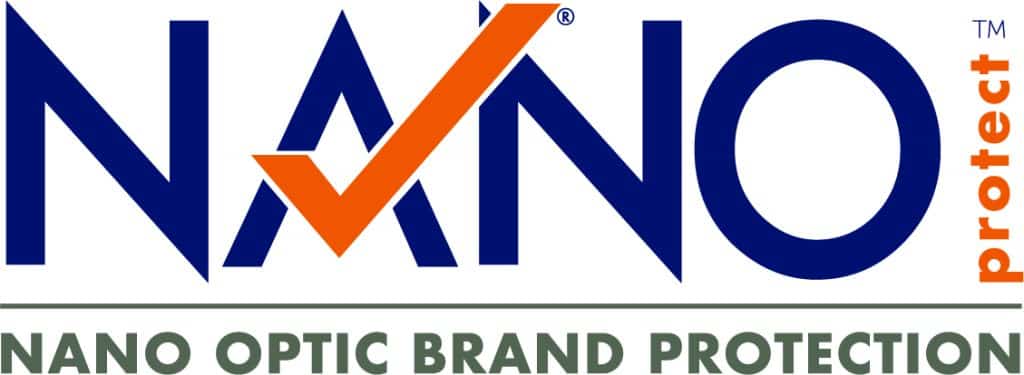
NANO™ protect is the first nano optic, plasmonic OVD in the brand protection market offering ‘always on’ color and movement. This is the most advanced OVD in the brand protection market today that is nearly impossible to replicate or copy. Reverse engineering a nano optic feature requires analysis of over 100,000,000 structures using scanning electron microscopy images and technology that is simply not available to counterfeiters. A security label requires more than technology, it also requires great design with unique authentication effects, and NANO™ protect balances this need of public recognition and technical sophistication. These novel brand protection labels allow complete customization of multi-colored designs and visual effects that are manufactured without inks, pigments, lenses or dyes. They are one of the most environmentally friendly and sustainable brand protection solutions available. Let your customers shop confidently as you bring your brand’s story to life!
As an added layer of security, brands are offered a range of covert markers, invisible machine-readable security inks and taggants that are detectable with proprietary devices. Our covert solutions help you integrate hidden and durable authentication throughout the supply chain in combination with overt labels. These features are unknown to potential forgers and are difficult to replicate, adding another layer of integrity to your products as they are released to distribution.
Detect & Engage
Brands today look for a digitally connected product lifecycle solution that enables authentication, journey tracking, and engagement while facilitating full visibility across all areas of brand protection operations. Envision a digital fortress – where every product in your supply chain is fortified physically and digitally against counterfeiters. This is the new frontier of data-led security in supply chains. Supply chain security is not just a necessity, but a strategic advantage.
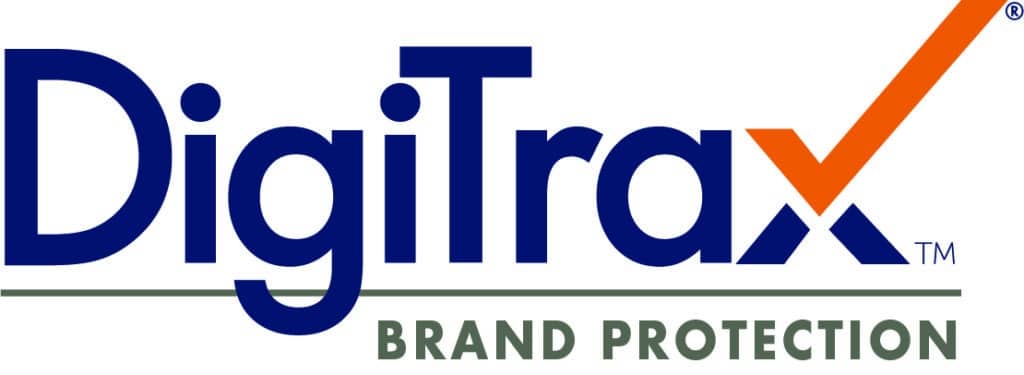
By uniquely identifying every product and combining multiple sources of logistical data together into a single solution, DigiTrax™ allows brand owners and consumers to instantly authenticate any single item using IOS or Android mobile devices. Encrypted QR, Datamatrix codes or visible/digital 2D secure QR codes for tracing product movements and consumer interactions are used with a secure web-based software platform. This is ideal for brands as it easily provides real time supply chain feedback, increases the efficacy of consumer engagement, and inspector led programs.
Real-time alerts, access to data and insights for decision making and actionable intelligence allow brand owners to make faster and smarter decisions regarding counterfeiting and diversion while building consumer trust. Moreover, this all-in-one novel platform can be used to engage and connect with the consumer through tailored communications and touch points to maximize brand messaging and nurturing.
Analyze & Act
As organizations review their brand protection programs, they update their packaging with the most secure labels and marks, add a secure traceability solution to track their product portfolio throughout the entire supply chain as it reaches store shelves, distributors and retail partners. What next? – How do brand owners protect their consumers in the world of ecommerce, resellers and more? Fake and diverted goods not only can adversely impact brand revenue and consumer trust but can also put consumer health and safety at risk. Authentix advises over 200 of the world’s leading brands, including Fortune 500 clients, on intellectual property related challenges in the digital world emanating not just from the conventional sphere of online marketplaces, but also more challenging arenas like online brand protection on social media platforms, NFT portals and the darknet.

Our innovative, cutting-edge BrandTrax™ platform offers brands advanced protection by harnessing the power of AI, machine learning, and skilled analysts to identify risks and provide online detection for the unauthorized use of brands and selling counterfeit or diverted products and remedy these cases using actionable insights BrandTrax tracks and monitors infringements around the clock (across a range of online platforms and intermediaries) with 24/7, 365 coverage, and simplifies results in a secure dashboard. BrandTrax uses system risk scoring and seller clustering to identify global hot spots and focus on high value targets while the platform’s user-friendly interface enables quick action and allows brands to request takedowns with just one click. BrandTrax currently supports over 300 brands and manages over 6 million enforcement actions per year across various types of IP infringement.
Working with Authentix
Authentix next-gen authentication solutions help mitigate risks to promote revenue growth and gain competitive advantage, protecting both the brand and product in complex supply and distribution chains. Through a proven partnership model and sector expertise, clients experience custom solution design, rapid implementation, consumer engagement, and complete program management to ensure product safety, revenue protection, and consumer trust.
Authentix offers one of the most holistic brand protection portfolios in the industry today. Our next-generation authentication technologies secure your supply chain, are simple to use and easy to adopt. Protect consumers, save millions in revenue and schedule a consultation with one of our anti-counterfeit experts today.

